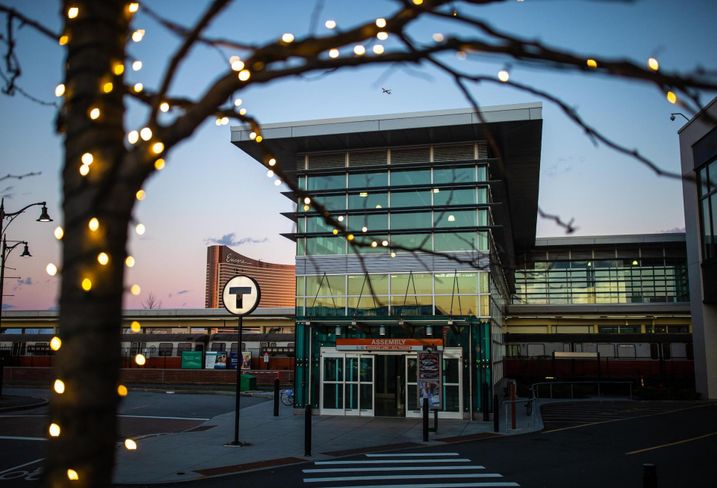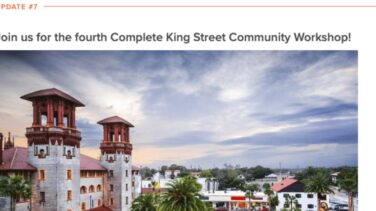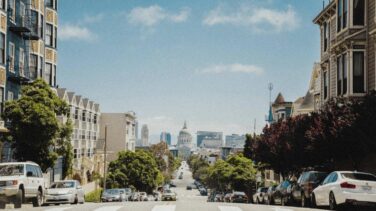Last week, a few members of our team attended Bisnow’s 2020 Boston Forecast event. Transit-oriented development (TOD) was touched on during every panel – from the role it can play in easing the housing crisis to reducing congestion, a big problem for the country’s worst rush-hour commute.
While the promise of TOD wasn’t disputed – and won’t be in this post – there are real challenges with building TOD in Boston and other cities across the country.

TOD projects are readymade for public-private partnerships (P3s), yet the public procurement process required by law in Massachusetts and other states makes it difficult to forge these relationships.
For example, Stephanie Pollack, the Massachusetts Department of Transportation Secretary, explained that if a developer wanted to make improvements to a public transit station as a part of a TOD project and “gift” those improvements to the state, the developer would be forced to go through a public procurement process.
Pollack also urged event attendees to think differently about the benefits that TOD can bring to surrounding neighborhoods. Streetscape investments are included in most project designs, but what about proposed improvements like bike paths, pedestrian connections, and public transit enhancements?
One of our clients is embracing this expanded concept of transit investments. The Keane Enterprises team is redeveloping the 18-acre Virginia Village site in Leesburg, VA into a mixed-use project that embodies the work/live/play model that’s so prevalent today. From a TOD perspective, Keane Enterprises is building a pedestrian bridge to connect the site directly with the historic downtown area – an investment designed based on community feedback.
Transit-oriented developments typically have lower parking ratios and some, like Lovejoy Wharf in Boston’s North End, have zero parking on-site. So what should developers do with the square footage (and budget) commonly reserved for surface lots or garages? Beyond adding more units, developers are exploring how to repurpose parking for additional green space, placemaking and community-focused amenities.
So is TOD the silver bullet for fixing housing affordability and modernizing transit systems? Maybe not, but it can play a big role…if we let it. Lauren Jezienicki, SVP at Bozzuto Development sums up the potential of transit-oriented development better than I can, “All of the towns and cities need to come together, think really big picture and really solve some of these transit, housing and infrastructure problems that cannot be solved as a city or a town in a stand-alone way.”
– Courtney Porcella, director of marketing at coUrbanize


